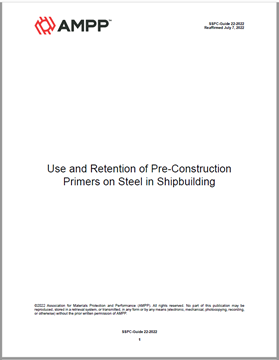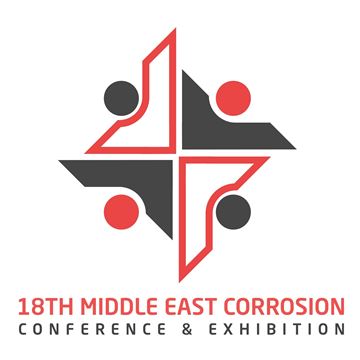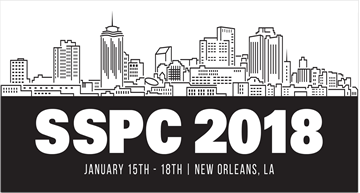Search
Products tagged with 'coating'
View as
Sort by
Display
per page
SSPC-Guide 22-2022, Use and Retention of Pre-Construction Primers on Steel In Shipbuilding
Product Number:
SSPC-Guide 22-2022
Publication Date:
2022
$109.00
Standards, Training and Certifications in the Marine Coatings Industry
Product Number:
41216-948-SG
Publication Date:
2016
$20.00
State of Technology: Cleaning and Coating UAV Systems
Product Number:
51220-262-SG
Publication Date:
2020
$20.00
Steel based Bipolar Plates for Proton Exchange Water Electrolysis
Product Number:
51323-19236-SG
Publication Date:
2023
$20.00
Steel Bridge Shop Painting Issues and Answers: The FDOT Experience
Product Number:
41206-289-SG
Publication Date:
2006
$20.00
Streamlining the Specification Development Process for Bridge Painting
Product Number:
41205-210-SG
Publication Date:
2005
$20.00
Subsequent Mounting Of Brackets To Coated And Uncoated Surfaces Using Adhesives
Product Number:
51321-16608-SG
Publication Date:
2021
$20.00
Success Story: The Rolling Journey of Coatings Standards (2011 – 2021)
Product Number:
MECC23-19869-SG
Publication Date:
2023
$20.00
Successful Surface Preparation of Hot-Dip Galvanized Iron & Steel and Hardware Surfaces for Painting
Product Number:
51218-121-SG
Publication Date:
2018
$20.00
Surface Finishing of Welds Prior to Coating; Weld Comparator Only
Product Number:
22001-1
ISBN:
Plastic Weld Comparator Only
$85.00
Surface treated metallic bipolar plates as an alternative to platinized titanium
Product Number:
51323-19247-SG
Publication Date:
2023
$20.00












